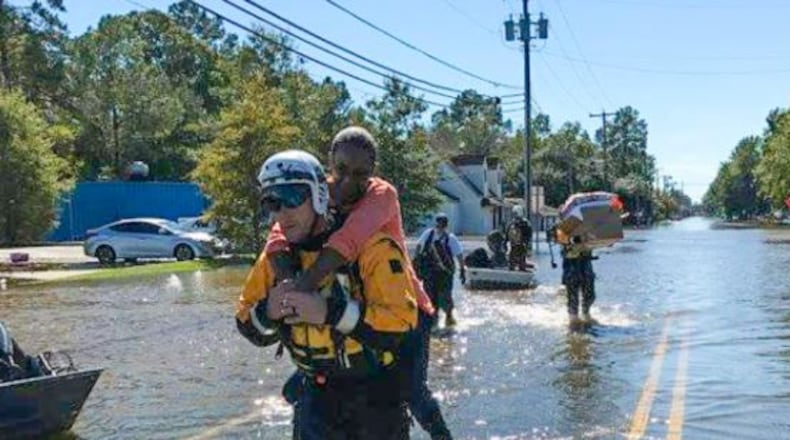It’s been 11 hurricane seasons since the last “major” storm in the U.S., classified as making landfall as a Category 3 or higher. The last one was Hurricane Wilma which struck southwest Florida in October 2005.
It’s the longest stretch without a major hurricane since record keeping began.
WEATHER: WHIO interactive radar
Here are the names chosen for this year’s storms:
- Arlene - used
- Bret
- Cindy
- Don
- Emily
- Franklin
- Gert
- Harvey
- Irma
- Jose
- Katia
- Lee
- Maria
- Nate
- Ophelia
- Philippe
- Rina
- Sean
- Tammy
- Vince
- Whitney
The U.S. Census Bureau highlighted hurricane related facts this week.
Storm names are recycled every six years, i.e., the 2016 list will be used again in 2022. The only time that there is a change in the list is if a storm is so deadly or costly that the future use of its name on a different storm would be inappropriate for reasons of sensitivity, according to the National Hurricane Center.
Matthew and Otto were retired from 2016 and replaced with Martin and Owen.
When the list of 21 approved names runs out for the year, hurricanes are named after Greek letters. That happened for the first time in 2005, when a record 28 named storms occurred. 15 were hurricanes and seven were category 3 or higher. Four hurricanes in 2005 reached category 5 status (Emily, Katrina, Rita and Wilma).
RELATED: Sign up for severe weather alerts
There are 185 counties along the Gulf of Mexico and Atlantic Ocean that are at the most risk of hurricanes. 59.6 million people lived in those counties in 2016, about 5 million more than lived there the last time a major hurricane hit.
An estimated 45 percent of the nation’s housing units are located in the coastal states stretching from Maine to Texas.
About the Author
